Geosciences and the environment: the challenges of geological storage
Geological storage is a field of expertise offered by the Institut Mines-Télécom schools’ research centers. During the Natural resources and environment conference held on November 5-6, 2014 at Institut Mines-Télécom, Vincent Lagneau, Assistant Director of the Mines ParisTech Research Center for Geosciences, spoke at a plenary session on “Underground storage and recycling”. He presented the benefits and key issues of R&D relating to storage in geological environments.
Gas, liquids or waste can be stored beneath our feet, in man-made cavities and in the voids of natural geological formations. In France, we have been storing natural gas for 60 years. “The underground environment offers two attractive assets for storage: the space and duration.” The volume available underground allows for the storage of enormous quantities of CO2, for example. And the storage time must range from a period of between 1,000 and 10,000 years for CO2, and between 100,000 and 1 million years for radioactive waste. “We do not have any example of human constructions that last for such a long period of time. However, we have examples of geological structures that are much older than these artefacts.”
Understanding the impacts and creating reliable predictive models
“Because we must use and disturb the underground environment for these storage purposes, we are faced with the difficulty of proving that these storage facilities are durable and do not impact the rest of the environment over the very long term.” However, while many studies have been carried out, they are limited in duration: the longest studies range from 10 to 20 years, and they are very rare. “Major scientific and technical challenges need to be overcome in order to understand the mechanisms,” in order to extrapolate how the storage sites will evolve in the very distant future. Multidisciplinary teams and striving to understand the processes that are taking place in the storage areas, in the field of radioactive waste at Mines ParisTech, Mines Douai and Mines Nantes, and acidic gases such as CO2 at Mines Saint-Etienne. They then establish predictive mathematical models that are used to determine the impacts, extrapolate the data observed in situ, and optimize the storage operations.
Challenges of storing renewable energies
Recent developments in the storage field are radically changing the current conception of underground storage. As renewable energies develop, society will face the problem of matching electricity supply and demand: a wind turbine only produces when there is wind, not because we need electricity. The underground environment can also provide interesting opportunities to address this energy storage problem: “We can store energy by transforming electricity into natural gas, which can then be burned in a classic thermal power plant. Mines schools are also working on storing energy via compressed air.”
In this scenario, the storage is no longer used for large quantities over a very long period of time. The cavity is filled and emptied according to the rate of energy production and consumption. As a result, “the storage area will be used very frequently.” This is an altogether different matter, forcing researchers to think differently about the storage. “During the cycles we are considering, we will need to inject large quantities during the limited hours of production, which leads to mechanical problems.” This is why specialists from all the earth sciences – chemistry, geology, hydrogeology and geomechanics – have come together in the schools’ research centers to work on understanding the impacts of these new storage methods and model their development over the long term.


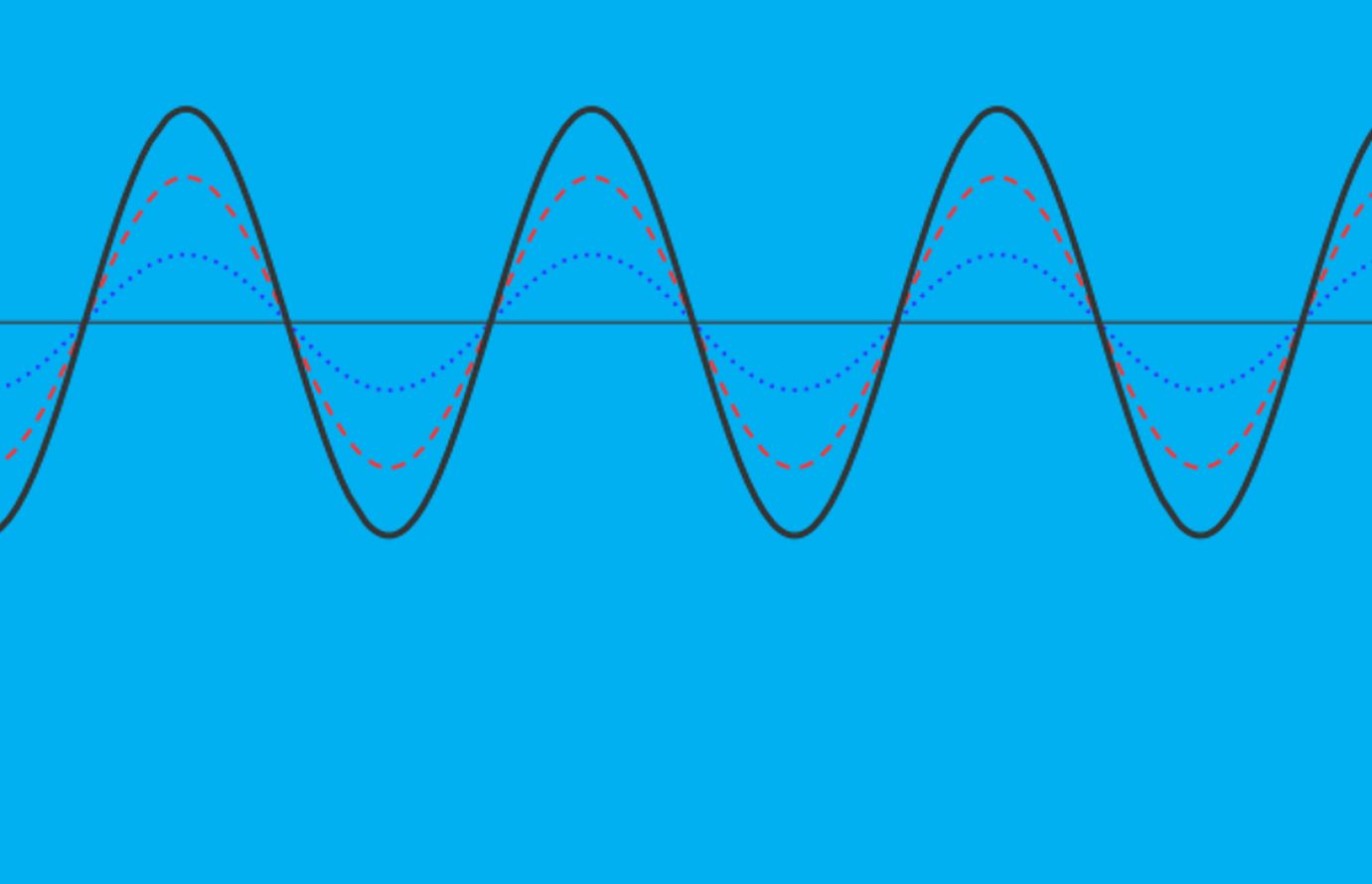
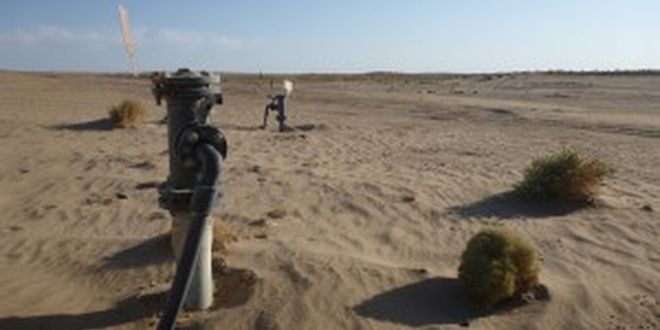


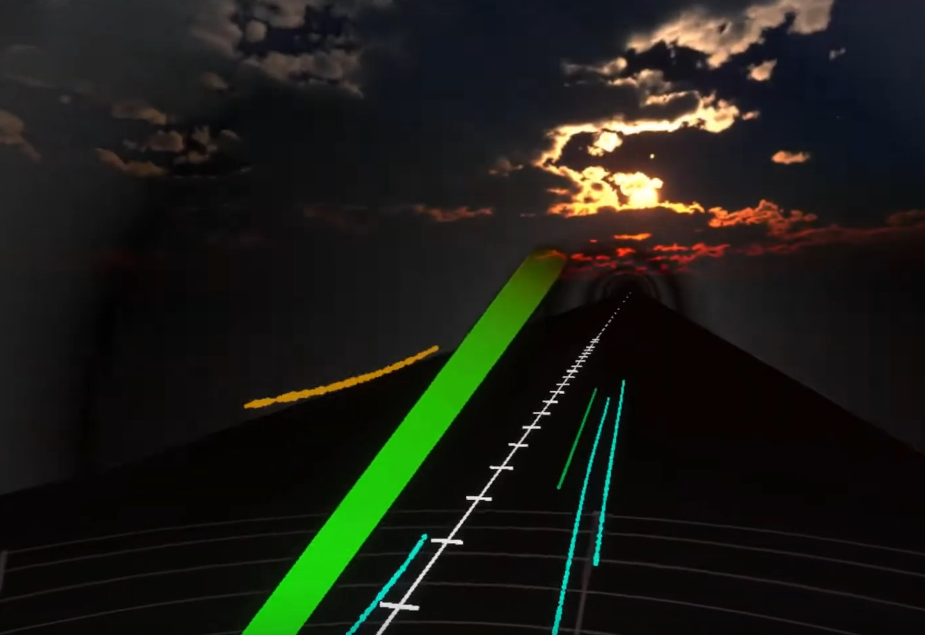


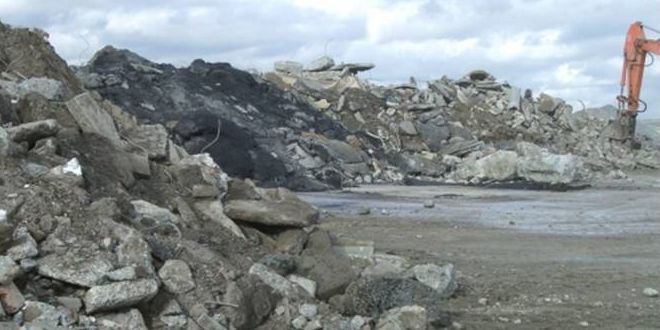

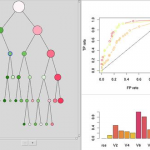
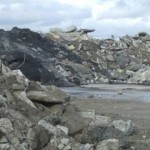
Leave a Reply
Want to join the discussion?Feel free to contribute!